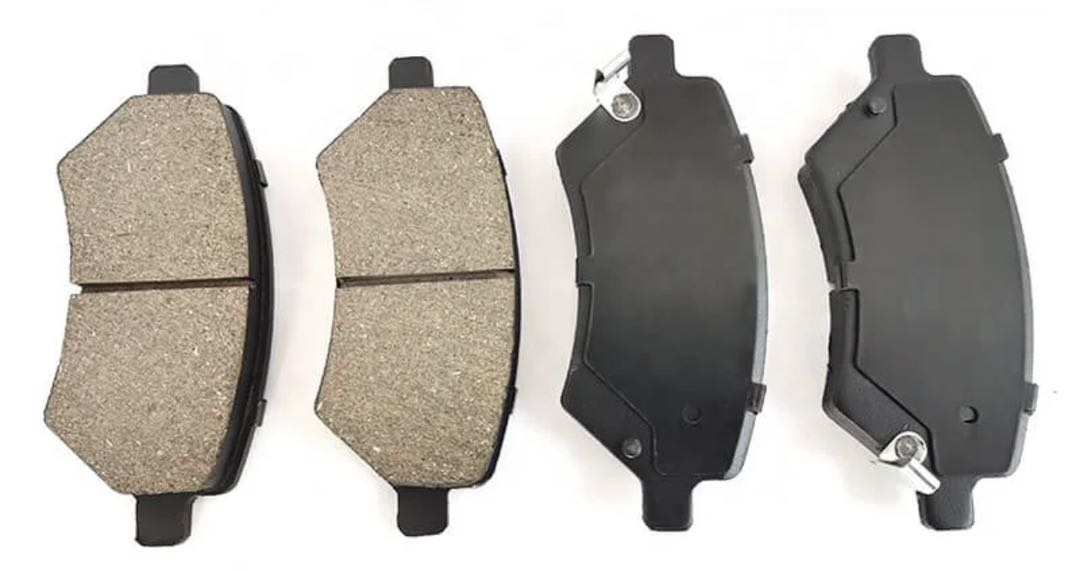
ក្រុមហ៊ុន Hebei Chengen Huanbao Technology Co., Ltd. គឺជាក្រុមហ៊ុនផលិតគ្រឿងបន្លាស់រថយន្តដែលមានជំនាញវិជ្ជាជីវៈតាំងពីឆ្នាំ ២០១៥ មកហើយ ដោយបានអនុវត្តបច្ចេកវិទ្យាទំនើបៗក្នុងការកាត់បន្ថយសំលោងហ្វ្រាំង ដែលផលិតបាននូវប៉ែលហ្វ្រាំងដែលដំណើរការយ៉ាងស្ងោន ខណៈពេលដែលនៅតែរក្សានូវសមត្ថភាពហ្វ្រាំងដ៏ល្អ។ ប៉ែលហ្វ្រាំងរបស់យើងមានសមាសធាតុកកិតពិសេស និងបន្ទះបិទសំលោង ដែលជាឧបករណ៍សុុីវិលរំញ័រ ដែលជាមូលហេតុចម្បងនៃសំលោងហ្វ្រាំង ដើម្បីធានានូវប្រតិបត្តិការហ្វ្រាំងដ៏រលូន និងស្ងោនសម្រាប់រថយន្ត និងរថយន្តយក្នុង។ បច្ចេកទេសកាត់បន្ថយសំលោងហ្វ្រាំងដែលយើងប្រើរួមមានគែមប៉ែលដែលបានកាត់ទល់មុំ និងរន្ធដែលបានរចនានៅលើប៉ែល ដែលបំបែករលកសំលោង និងការពារការហៅសំលោងស្រុំដែលបានកើតឡើងជាញឹកញាប់ដោយសារតែប៉ែលហ្វ្រាំងចាស់ ឬប៉ែលហ្វ្រាំងដែលមានគុណភាពទាប។ លើសពីនេះទៀត ប៉ែលហ្វ្រាំងរបស់យើងត្រូវបានធ្វើតេស្តយ៉ាងតឹងរ៉ឹង ដើម្បីធានានូវការកាត់បន្ថយសំលោងដោយមិនប៉ះពាល់ដល់កកិត ឬភាពធន់ ដែលធ្វើឱ្យវាសមស្របសម្រាប់រថយន្តនៅប្រទេសអាល្លឺម៉ង់ ប្រទេសអ៊ីតាលី ប្រទេសអេស្ប៉ាញ ប្រទេសតួគី និងប្រទេសនៅអាមេរិកខាងត្បូង ដែលការដំណើរការយ៉ាងស្ងោនគឺមានតម្លៃខ្ពស់។ មិនថាសម្រាប់រថយន្តអ្នកដំណើរ ឬរថយន្តកីឡានោះទេ ប៉ែលហ្វ្រាំងរបស់យើងដែលមានសមត្ថភាពកាត់បន្ថយសំលោងប្រសើរ នឹងបង្កើនភាពស្រួលក្នុងការបើកបរ ខណៈពេលដែលផ្តល់នូវសុវត្ថិភាព និងសមត្ថភាពដែលអ្នកបើកបររំពឹងទុក។
